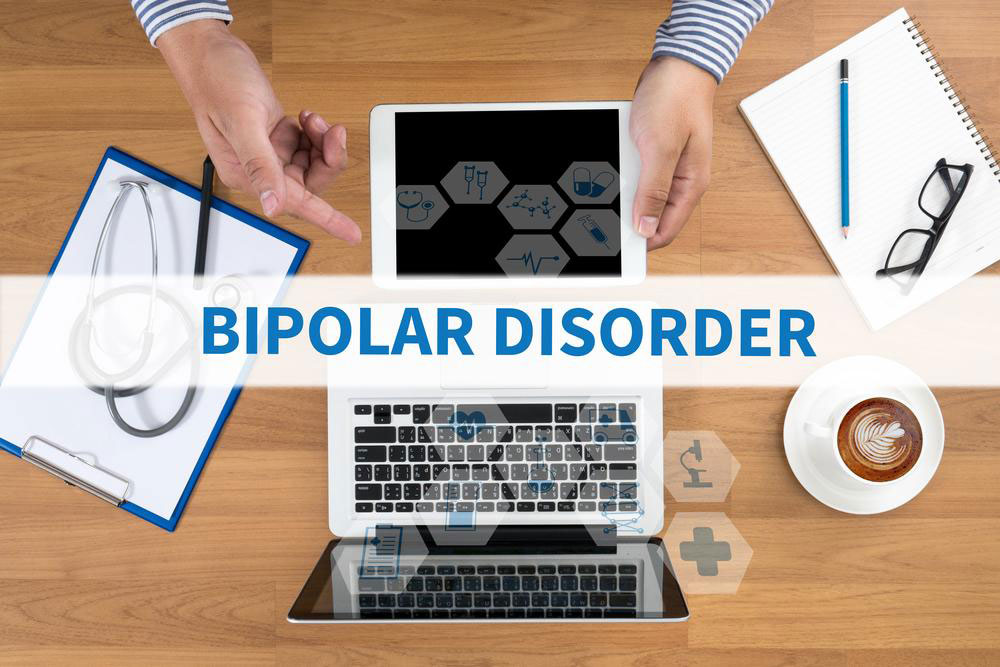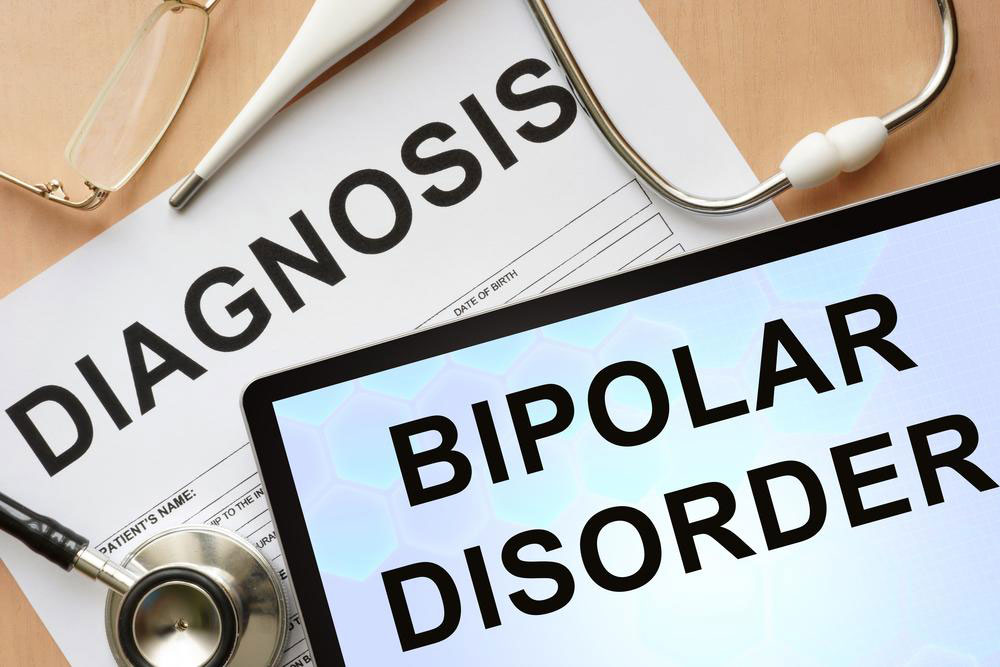Understanding Bipolar Disorder: Causes, Symptoms, and Treatment
This article offers a comprehensive overview of bipolar disorder, covering its causes, symptoms, and treatment options. It emphasizes the importance of therapy and medication for effective management and highlights the role of genetic and environmental factors. Designed for educational purposes, it aims to increase awareness about this complex mental health condition.

Bipolar disorder, also called manic-depressive illness, is a mental health condition characterized by rapid and extreme mood swings. It often affects teens and adults, but children can be impacted too. The disorder can significantly influence daily functioning due to alternating episodes of high energy and deep depression.
Typically, bipolar disorder manifests in two main phases: hypomania and depression. Around 70% of diagnosed individuals experience either hypomanic or depressive episodes. Various therapies, including psychological counseling, assist in managing these symptoms like sleep disturbances, irritability, and anger.
Studies show approximately 4.4% of the population is affected. The precise cause remains uncertain, but factors such as genetics, prolonged stress, hormonal imbalances, neural issues, and substance abuse are linked to its development.
Symptoms differ among individuals but often include persistent depression, sleep disruptions, anxiety, fatigue, and memory problems. Effective treatment focuses on alleviating depressive episodes through medications like lithium carbonate, lifestyle adjustments, and advanced brain stimulation therapies. Combining medication with therapy is often essential for managing mood fluctuations and reducing relapse risk.
Note: This article provides general information about bipolar disorder. It is not professional medical advice. Always consult a healthcare professional for diagnosis and treatment options.










